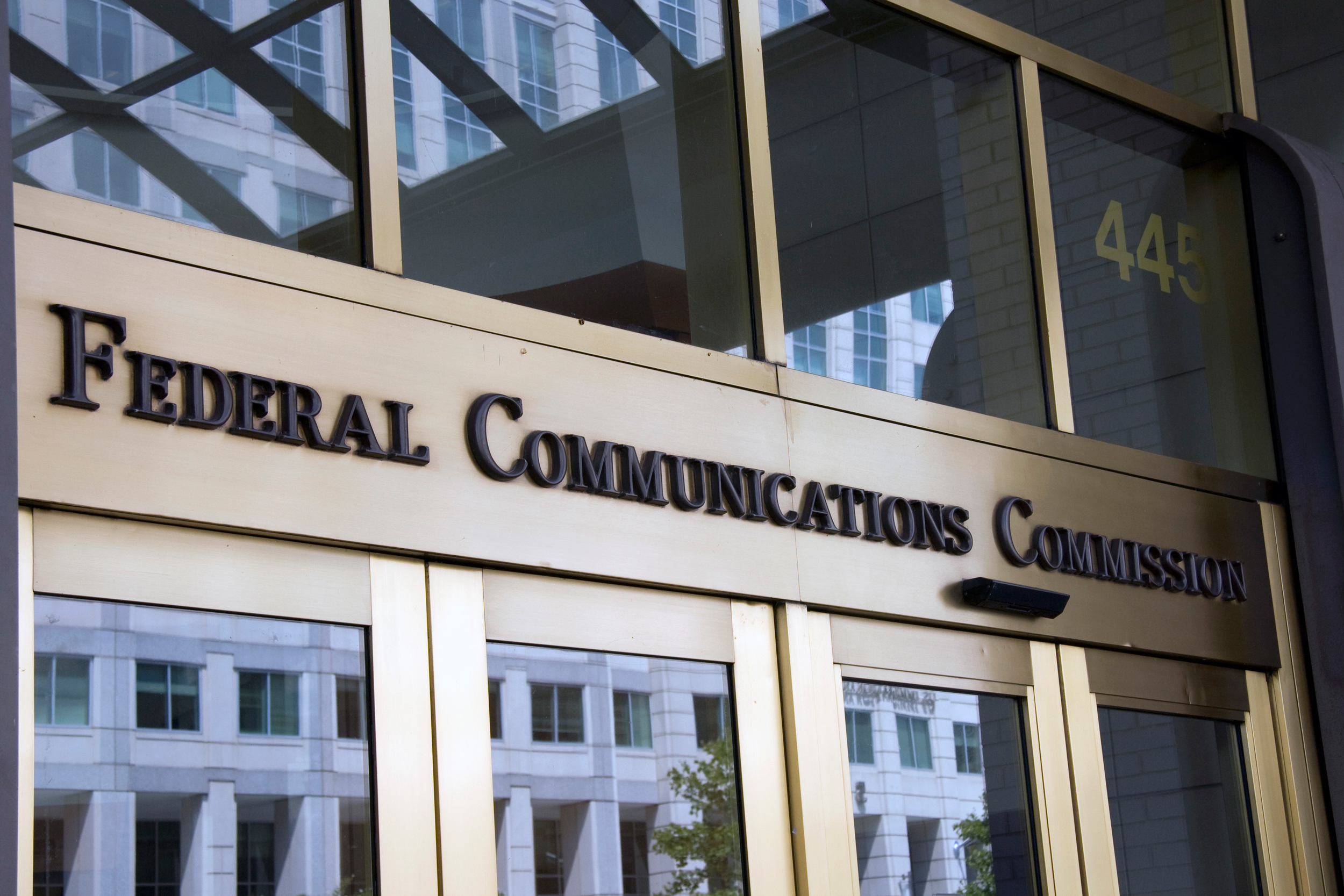Cable Ops to FCC: C-Band Plan Needs More Planning

Sounding like broadcasters almost a decade ago facing the incentive auction and repack, cable operators are calling on the FCC to make sure incumbent services are protected in the commission's effort to open up more spectrum for wireless broadband.
Related: Senators Say FCC Must Protect C-Band Incumbents
That came in reply comments due this week on the FCC's proposal to open up the C-band (3.7 to 4.2 GHz Band) satellite spectrum for terrestrial 5G, one of many such spectrum band-opening efforts the FCC is undertaking in the race with China to be first with 5G.
The FCC voted unanimously back in July to find ways to open up the C-band spectrum (3.7-4.2 Ghz) — either all of the proposed 500 Mhz or some portion of it — for terrestrial wireless use.
Those ways could include an incentive or capacity auction, a market mechanism where incumbents voluntarily strike deals to reduce their footprint, or some other means.
The C-band is currently used for satellite delivery of cable and broadcast network programming to cable head-ends, TVs and radio stations. The FCC wants to open it up to wireless broadband to help close the digital divide and promote 5G, both prime directives, so cable operators and broadcasters are on the same page when it comes to ensuring they are protected in the rush to 5G.
Related: FCC Approves Plan for Freeing Up More Spectrum
The smarter way to stay on top of broadcasting and cable industry. Sign up below

In its comments on the FCC's plan, NCTA said it needs to get more data about how those incumbent services are protected before it makes any final decision about modifying the band because it could "significantly disrupt the television content distribution ecosystem to the detriment of more than 100 million U.S. television households."
NCTA is particularly concerned about a proposal from the C-Band Alliance, comprising fixed satellite service operators who say their market-based proposal to negotiate secondary-market agreements for up to 200 MHz of C-band spectrum is the win-win solution the FCC is looking for.
NCTA sees it quite differently. “CBA’s incentives are to maximize their own profits, rather than to ensure that the amount of spectrum repurposed for terrestrial mobile use is socially efficient or to ensure robust protections for C-band customers and earth station operators," it told the commission. "Furthermore, those incentives may not align with policies designed to encourage competitive entry in either the marketplace for C-band satellite services or the marketplace for mobile broadband spectrum. The Commission should be wary of adopting an approach in this proceeding that could limit competition for spectrum in any portion of the C-band reallocated for flexible use. The unsupported assurances that the CBA proffers in its comments do little to allay these concerns.”
Related: ACA Says FCC Must Protect C-Band Incumbents
Whatever else the FCC does, says NCTA, it should do the following:
1. "The Commission should ensure there is no adverse impact on or disruption to any of today’s existing C-band services and that such services have room for growth, technological evolution, and requisite back-up capacity;
2. "Technical rules, validated by appropriate studies and testing, must fully protect earth station operators from harmful interference that could result from new adjacent mobile services and any new in-band fixed point-to-multipoint (P2MP) services;
3. "Earth station operators must be made whole for the costs that they incur in any transition to accommodate new services; and
4. "The Commission should retain its full-band, full-arc policy to accommodate the operational needs of 3.7-4.2 GHz earth station operators, including the flexibility to re-point antennas and change frequencies, sometimes on short notice."
Contributing editor John Eggerton has been an editor and/or writer on media regulation, legislation and policy for over four decades, including covering the FCC, FTC, Congress, the major media trade associations, and the federal courts. In addition to Multichannel News and Broadcasting + Cable, his work has appeared in Radio World, TV Technology, TV Fax, This Week in Consumer Electronics, Variety and the Encyclopedia Britannica.

